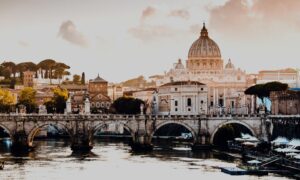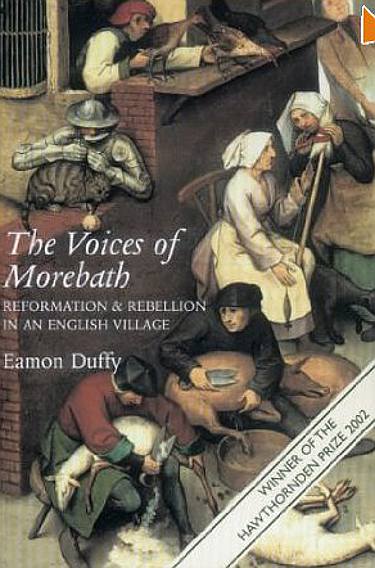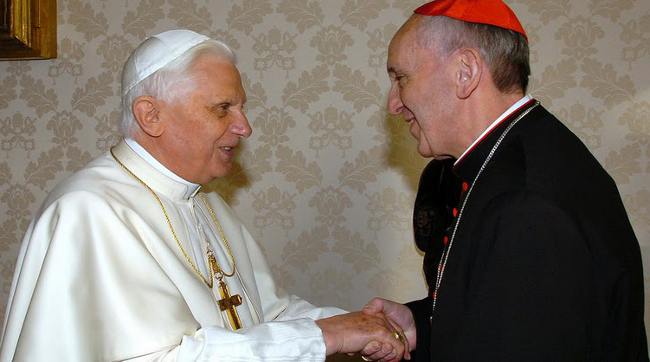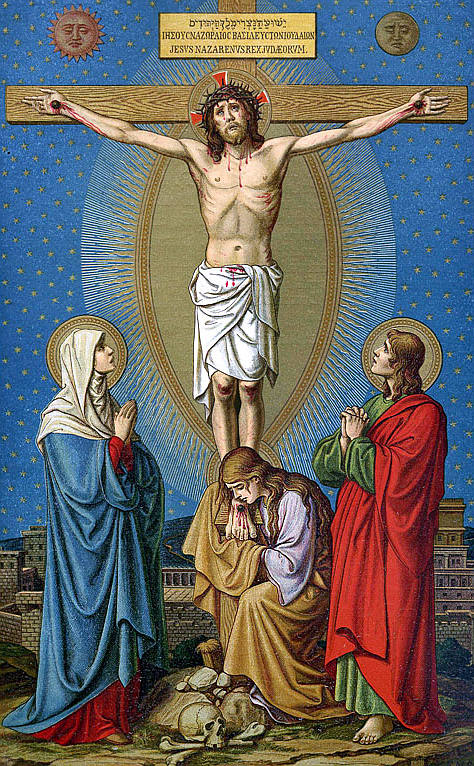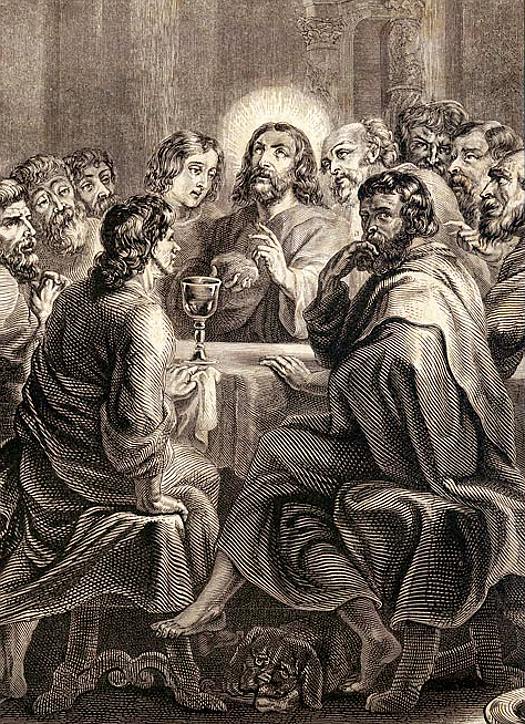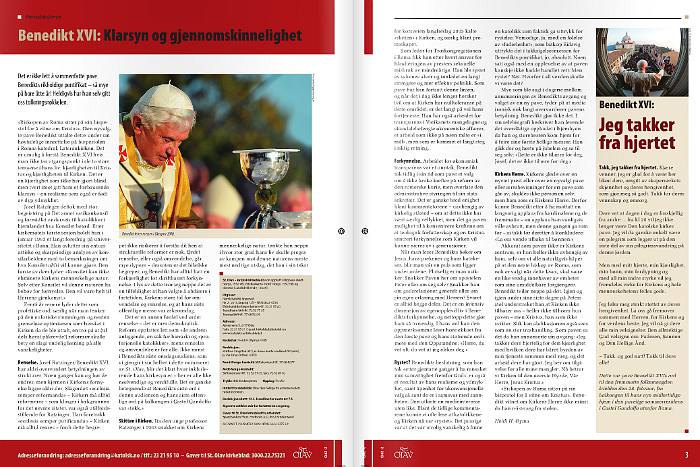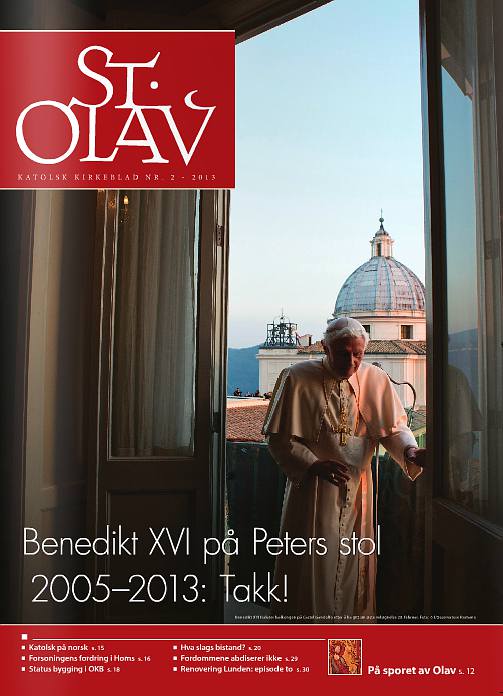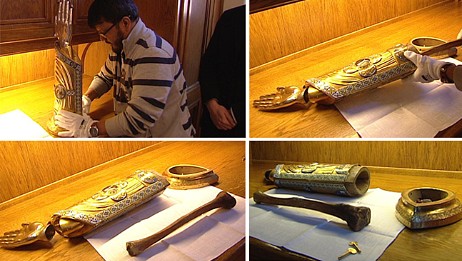Den katolske tro tilbake til Morebath
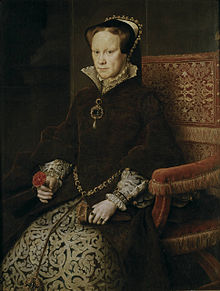 Eamon Duffy beskriver (på s 152) i sin bok «The Voices of Morebath» hva som skjedde da den katolske Mary ble dronning i England i juli 1553:
Eamon Duffy beskriver (på s 152) i sin bok «The Voices of Morebath» hva som skjedde da den katolske Mary ble dronning i England i juli 1553:
When news of the accession of Queen Mary reached Exeter at the end of the third week in July 1553, Bishop Coverdale was preaching to the citizens in the cathedral. As the whisper that England now had a Catholic monarch travelled round the building, the congregation stood up one by one and walked out, until none but a `a few Godly men’ were left to listen.’ It was a foreshadowing of the imminent evaporation of the gains which the Reformation had made in the West Country over the previous six years. There were by now, of course, many convinced Protestants in the region — among the gentry of Devon, like Peter Carew and Walter Raleigh, among the citizens of the city and market towns, like John Midwinter, who was to serve as Mayor of Exeter in 1554-55 despite having been a committed and active `proffessor of the ghosple’ under Edward; he was one of several such in Exeter.. There were even Protestants among the peasantry. Only one heretic was burned in the diocese in Mary’s reign, a Cornish woman from Launceston, Agnes Priest. …
… As the reign progressed, West Country Protestants in general found themselves members of a small and increasingly beleaguered minority, and even the convinced did not prove stout-hearted. … The Exeter parish of St Petroc housed most of the city’s elite. William Herne, their priest since 1528, had been sincerely converted to the new learning, and his parish led the rest in adopting the teaching and practices of Protestantism. A close friend of Alderman Midwinter’s, Herne told him in Edward’s reign that he would rather be torn apart by wild horses than say the Mass again.
Herne was no isolated figure: about seventy clergy, i 5% of the total number in the diocese, had married in Edward’s reign: these men must have subscribed to some at least of the teachings of the Reformation. All of them were now ejected from their livings by the diocesan authorities, but a third put away their wives, did public penance and found another benefice, where they functioned once more as Catholic priests (though at least half of those who did so were reported to be secretly consorting with their wives). …
